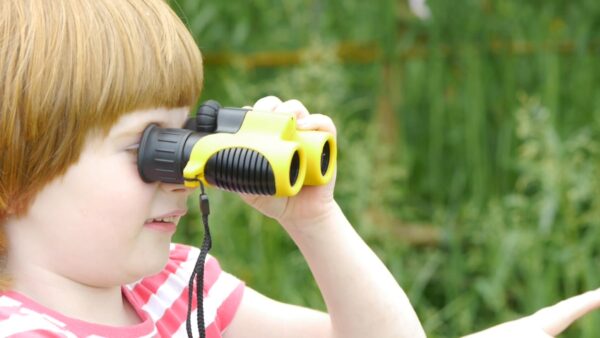Why we evaluate
We evaluate all our project work to measure what works, what doesn’t work and to tease out things that are particularly effective. It enables us to know what to build on and what to leave behind.
Evaluation doesn’t mean anything if it isn’t used to steer decisions. We use an iterative process where our techniques are reviewed by users and adjustments are made before they are finalised. It means our resources and designs reflect the needs and views of people they are designed for. We never stop being interested in what people think.
Inclusive approaches to evaluation
We believe that evaluation should capture the views of everyone. We have found that standard techniques often aren’t accessible to many people we work with. Self-complete written questionnaires for example are not friendly to people with visual impairments and questions can be ambiguous to someone with dementia.
We have developed an inclusive approach to evaluation to make methodologies as easy and appealing as possible. This includes, for example, using Widgit symbols and stickers for people who find reading and writing difficult or are cautious about surveys and forms. This including people with learning difficulties, older people with dementia and families with younger children. Sometimes we use methods like pictorial diaries to enable people to respond directly rather than rely on third parties.
Children in urban schools benefit from from connections with trees and woodlands
Our work with Trees for Cities brings trees and woodlands into the learning lives of young people with disabilities. The Growing Among Trees pilot project engaged nine schools in the London area to pilot a model for learning which showed the effectiveness of tools such as tree planting, tree identification and habitat management. This was a great opportunity for us to apply our sensory nature-based approach through a focus on trees and woodlands.
Evaluation by Intelligent Health highlights the benefits experienced by the students and schools and emphasises how the common barriers to outdoor learning are not insurmountable. The report provides a series of recommendations for schools to develop access to outdoor learning.
The benefits of nature for people living with dementia
Creative Spaces in the Community is a pioneering nature-based approach that helps people with dementia maintain physically, socially and mentally active lives in their communities.
Benefits to people living with dementia relate to improvements in physical, mental and social wellbeing. The project evaluation reveals a growth in confidence and happiness, an increase in long-lasting friendships and development of coping strategies to deal with tough times. Evaluation also shows how people become more motivated to be physically active, and more engaged in their community.
Evaluation also shows a strong impact on professional practice. Dementia professionals report increased confidence and skills in using nature based practices in their care programmes.

Farm visits positively impact health and wellbeing
In our Let Nature Feed Your Senses project with LEAF over 11,800 people had the opportunity to visit farms and nature reserves across England, many of whom didn’t have the opportunity to do so before.
The evaluation shows the project’s positive impact on the wellbeing of participants. Facilitating social inclusion, improving visitor access to and connection with nature, and increasing understanding of farming and food production, contributed to healthier lifestyles. The outcomes support Government calls to connect people with the natural environment and food production, to engage in nature and outside learning, to improve health and promote wellbeing.
Children with disabilities can share their own feedback
Evaluating direct responses from children with disabilities can be more challenging and often evaluation relies on third parties such as parents and teachers. We have developed several techniques to give children the opportunity to respond personally to their experiences. We use Widgit symbols where children can recognise and choose emotional responses that fit with how they feel. Our ‘how high five’ technique uses a vertical height scale for children to give individual feedback using a familiar high five gesture.
Our evaluation techniques can be used by everyone
As well as evaluating our own project work we undertake evaluation on behalf of other organisations.
Treverbyn Hall is a vibrant hub in the heart of a small rural community. Our commission to evaluate the different ways in which people use the hall utilises our inclusive techniques.



